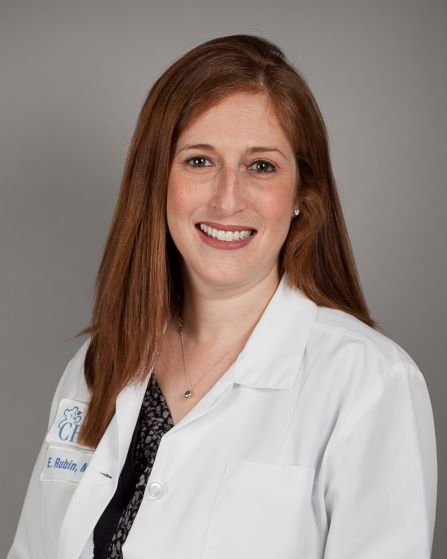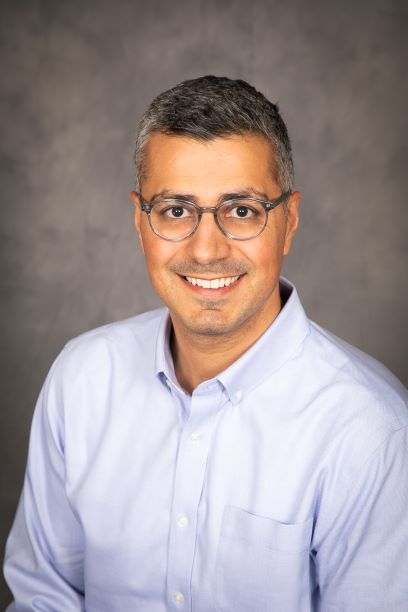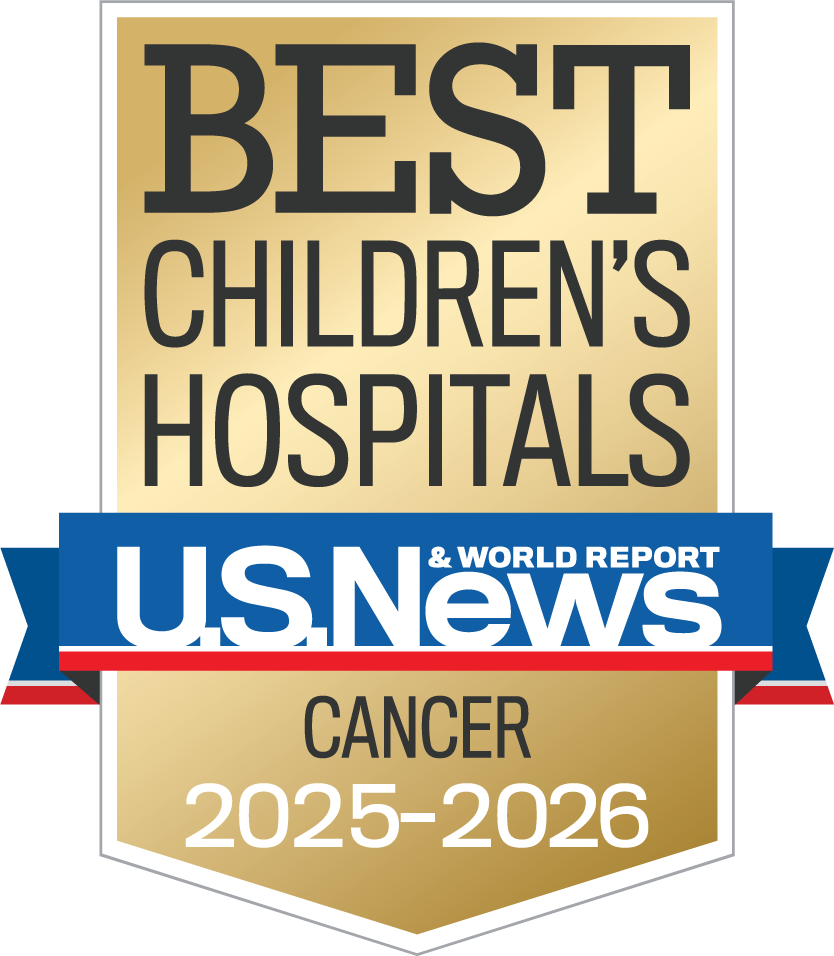The rarity of sarcomas and their large number of diverse histologies have made this group of cancers very challenging to manage. At the Hyundai Cancer Institute at CHOC, collaborative research, experimental treatment protocols and surgical advancements are setting the stage to change that.
“The sarcoma and solid tumor field hasn’t advanced much in the last 50 to 60 years, unfortunately,” says Dr. Elyssa Rubin, pediatric oncologist at CHOC. “But we’re making exciting progress that will hopefully improve the care pediatric patients with bone and soft tissue sarcomas receive in the future.”

As a member of the Children’s Oncology Group (COG), CHOC is involved in a number of clinical trials that seek to improve the outcome for children with cancer. The international collaboration allows for the compilation of larger data sets that can be used to improve both research and treatments.
“Currently, we are working with COG to harmonize all the clinical trial research from the last 50 to 60 years and creating common data dictionaries so we’re all speaking the same language and being consistent with our methods,” says Dr. Rubin. “Sharing data and having this larger database gives us a better understanding of what’s working, what isn’t and what to target with our treatments. Our ultimate goal is to have our collective data in one central location so we can work together and hopefully, make more advances. This collaboration is what’s needed if we’re really going to make progress.”
Besides her role as principal investigator in clinical trials, Dr. Rubin is researching an experimental maintenance therapy protocol for sarcoma patients.
“I’ve been fascinated by applying the advancements made in leukemia treatment to my sarcoma patients,” Dr. Rubin says. “Leukemia patients are treated with aggressive therapy upfront and then they go into a maintenance phase where they’re taking their medicine over an extended period of time. Over the last seven or eight years, I’ve used a similar approach with my high-risk sarcoma patients, which isn’t the standard of care. The encouraging trend I’ve noticed is a change in the pattern of their relapse and a longer extension of time until they relapse, which tells me this protocol is working to keep their disease under control.”
While it’s still early and more research is needed, Dr. Rubin says her protocol is picking up interest within the bone and tumor committee, and larger studies will be conducted that will have patients follow this protocol for at least six months.
As Dr. Rubin continues her research and the further investigation of her maintenance therapy protocol, other advances are being utilized at CHOC today, particularly in surgical technologies for the treatment of bone and soft tissue sarcomas.
“Recent advances in surgical options help us achieve our goal of preserving as much function as possible so kids can get back to being kids and doing what they love to do,” says Dr. Amir Misaghi, pediatric orthopaedic oncology surgeon at CHOC. “With advances in growing-type prostheses for limb salvage and restoration, we are able to meet this goal now more than in the past.”

3D printing is also revolutionizing the field of orthopaedic oncology, allowing surgeons to print custom bone models for surgical planning.
“When you do so much preoperative planning, the actual surgical time can be minimized,” says Dr. Misaghi. “We’re also using 3D-printed custom cutting guides to help make the surgery as precise as possible, which helps preserve as much of the patient’s native tissue as possible.”
When it comes to the bone and soft tissue sarcoma program at CHOC, Dr. Rubin and Dr. Misaghi emphasize the robust team and comprehensive capabilities.
“Between oncology, orthopaedic surgery, plastic surgery and radiology, as well as general surgery and pathology, we really have the full package here at CHOC,” Dr. Misaghi says. “We are fully equipped to take care of all benign and malignant bone and soft tissue tumors, and we all focus specifically on pediatrics.”

CHOC Hospital was named one of the nation’s best children’s hospitals by U.S. News & World Report in its 2025-26 Best Children’s Hospitals rankings and ranked in the cancer specialty.




